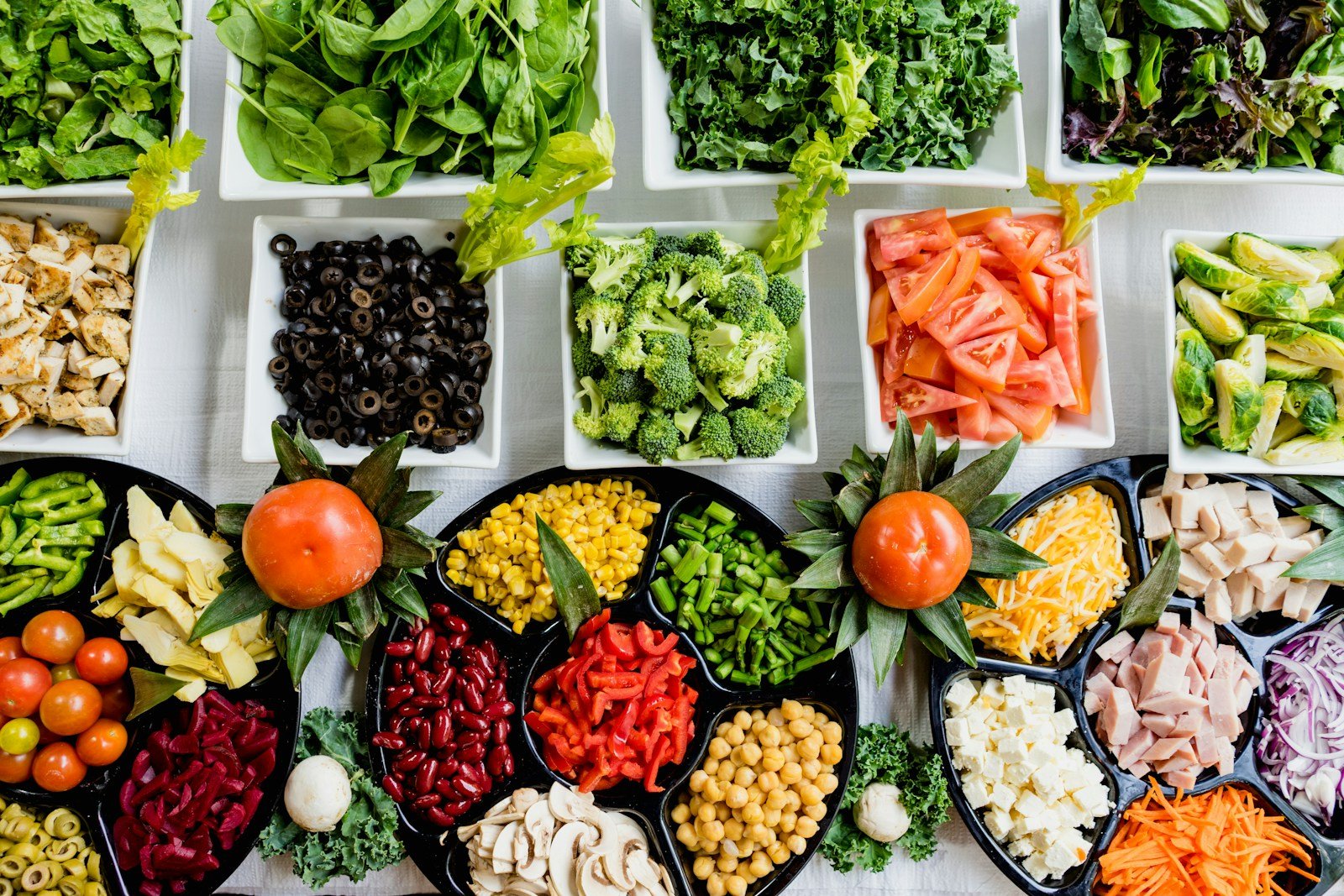It all Start in your Tummy,
When it comes to maintaining a healthy lifestyle, gut health plays a starring role. You’ve probably heard terms like probiotics and prebiotics thrown around in wellness circles, but what exactly are they? Let’s break it down in simple, relatable terms and answer the who, what, where, when, and how of these essential elements.
Probiotics are live microorganisms, often called “good bacteria,” that live in your gut and help keep your digestive system running smoothly. Think of them as tiny helpers that maintain balance in your gut microbiome, which is the community of bacteria, fungi, and other microbes in your digestive tract. Prebiotics, on the other hand, are types of dietary fiber that your body can’t digest. Instead of feeding you, they nourish the probiotics in your gut. Essentially, prebiotics are the food that helps probiotics thrive.
The short answer is that everyone can benefit from probiotics and prebiotics. People with digestive issues such as irritable bowel syndrome, bloating, or irregular bowel movements can benefit from a healthier gut balance. Individuals on antibiotics, which can kill both bad and good bacteria, can use probiotics to help replenish the good ones. A healthy gut microbiome also supports your immune system, making probiotics and prebiotics beneficial for those seeking improved immunity. People with food intolerances may find that probiotics help their bodies break down certain foods more effectively.
Probiotics can be found in fermented foods such as yogurt, kefir, sauerkraut, kimchi, miso, and tempeh. They are also available in supplements, which come in capsules, powders, or liquids. Look for strains like Lactobacillus and Bifidobacterium on the label. Prebiotics are found in fiber-rich foods like bananas, onions, garlic, leeks, asparagus, artichokes, and whole grains. Supplements containing inulin or fructooligosaccharides (FOS) are also a good source of prebiotics.

Probiotics should be taken consistently, preferably with meals, to ensure they survive the acidic environment of your stomach. Prebiotics can be incorporated into your daily diet at any time, as they are found in common foods and are easy to include in meals or snacks.
Probiotics and prebiotics are like teammates. Probiotics do the hard work of balancing your gut, while prebiotics give them the energy to perform at their best. When consumed together, they form what’s called a “synbiotic” relationship, which means they enhance each other’s benefits. For example, eating yogurt with a banana creates a powerful combination that supports your gut health more effectively than either would alone.
Your gut health impacts more than just digestion. It plays a crucial role in mental health, as a healthy gut can improve mood and reduce anxiety thanks to the gut-brain connection. Over seventy percent of your immune system resides in your gut, making gut health essential for overall immunity. A balanced gut can help regulate metabolism and appetite, contributing to weight management. Additionally, a happy gut often leads to clearer skin.
To incorporate probiotics and prebiotics into your routine, start small if you’re new to them to avoid bloating or discomfort. Eat a variety of foods to ensure you get a mix of fermented and fiber rich options. Stay hydrated, as water helps fiber do its job and supports overall digestion. Consistency is key to reaping the benefits of these essential elements.
Probiotics and prebiotics are essential elements of a healthy lifestyle. Together, they create a harmonious gut environment that supports your overall well-being. Whether you’re sipping on kombucha, enjoying a bowl of yogurt, or adding extra garlic to your meals, your gut will thank you for the effort. Remember, a happy gut equals a happy you!
To your health
Diane

